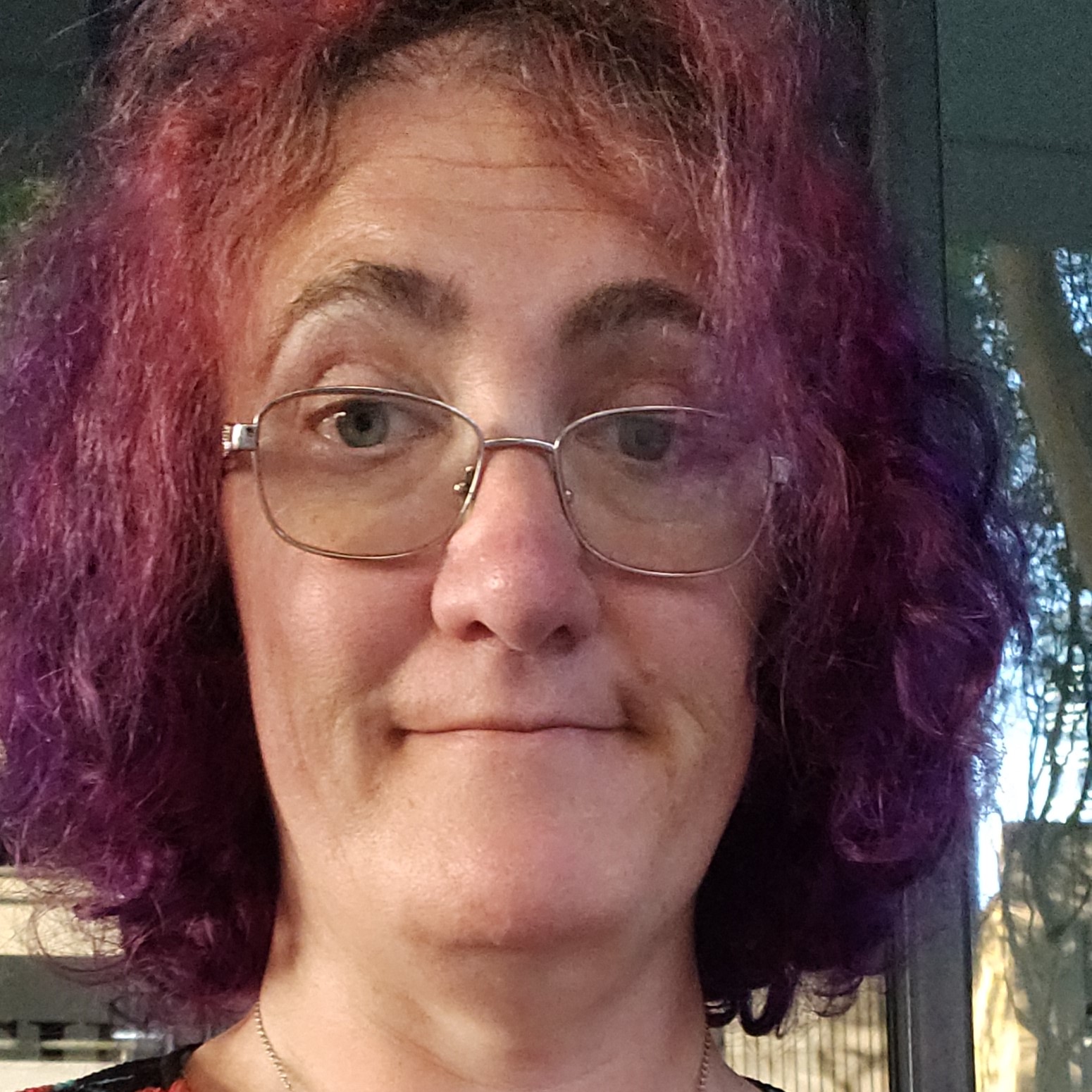Linux photogs, help me out. What does your workflow look like? What apps do you use?
I’ve found that digikam is really good for managing my keywords and metadata, and organising photos post shoot, but the image editing is limited.
And using separate image editing software leads to problems, because my camera’s raw files (.cr3) aren’t very well supported.
I can make it work, by using Lightroom online, but it’s not exactly an integrated system due to its cloud based design.
I’ve tried running Lightroom in a VM, but ran in to trouble giving the VM access to my GPU…
So those who have made it work, what does it look like for you?


darktable, hands down. It has a learning curve, but it’s a pro app and app pro apps have learning curves.
The linear pipeline is great, masking is superb, and the app keeps getting better every release.
The one downside is that darktable is not opinionated by default (so raw files look a little flat to begin with, without doing anything), but it’s customizable that you can even change that with auto applied presets. On the other hand, it does let you do what you want to do with an image, versus fighting with defaults (which is what it’s like to edit something in Lightroom, if you want to diverge from what it suggests by default).
There are a bunch of great tutorials on YouTube and you’ll want to check out https://discuss.pixls.us/ too. Create an account on the Pixls forum, read some threads, try out some “play raws” (where people post their raw files under a CC license and then lots of people try their own take at editing it and post their edit).
Rico Resolves has a half hour getting started video for darktable 4.6 at https://youtu.be/ucjAmTMIEOI
Anything from Bruce Williams https://youtube.com/@audio2u and Boris Hajdukovic https://youtube.com/@s7habo are both great too, and more people are posting darktable videos all the time as well.
The documentation for darktable is actually very good as well. Do not skip it. You don’t have to read it all, but try reading the intro parts and going back to it when you want some reference on how a part of darktable works. https://docs.darktable.org/usermanual/4.6/en/
Some tips:
You can right click on sliders to get a special UI and you can also enter numbers (often even outside the bounds of what the slider would normally permit).
Modules will be applied in the best order regardless of which one you work on first.
There are some somewhat redundant modules, as darktable did start out as a “display referred” workflow (just like most all of the other raw editors everywhere) and moved to a “scene referred” (aka “linear rgb”) workflow, which provides better editing, improved color handling, vastly better tone mapping, and so on. If there are two similar modules, try to go with the version that has “RGB” in its title. Older modules still exist mainly for older edits. (You can also change darktable back to the old display referred workflow in the settinfs, but I strongly suggest to not do this. Scene referred is much better.)
I used to shoot film and do darkroom stuff years ago. I’ve used Aperture on OS X. I used Lightroom on OS X and then on Windows. A few years ago, I switched to darktable on Linux… and darktable has gotten so, so much better each release. When I switched years ago, it was more or less a Lightroom competitor (with some advantages and disadvantages). But darktable is really amazing software now, and can give you much better results than Lightroom, when you know how to use it.
Just to add, Digikam for organizing, DarkTable for processing, GIMP for anything DarkTable doesn’t do.
The biggest downsides, for me, with the FOSS route compared to Linux, is that the UIs can be a bit clunky, unclear, or just slower. Since this is a hobby for me, I’m trying to look past those in favor of saving some $$, but it’s not easy after over a decade of Adobe.
deleted by creator